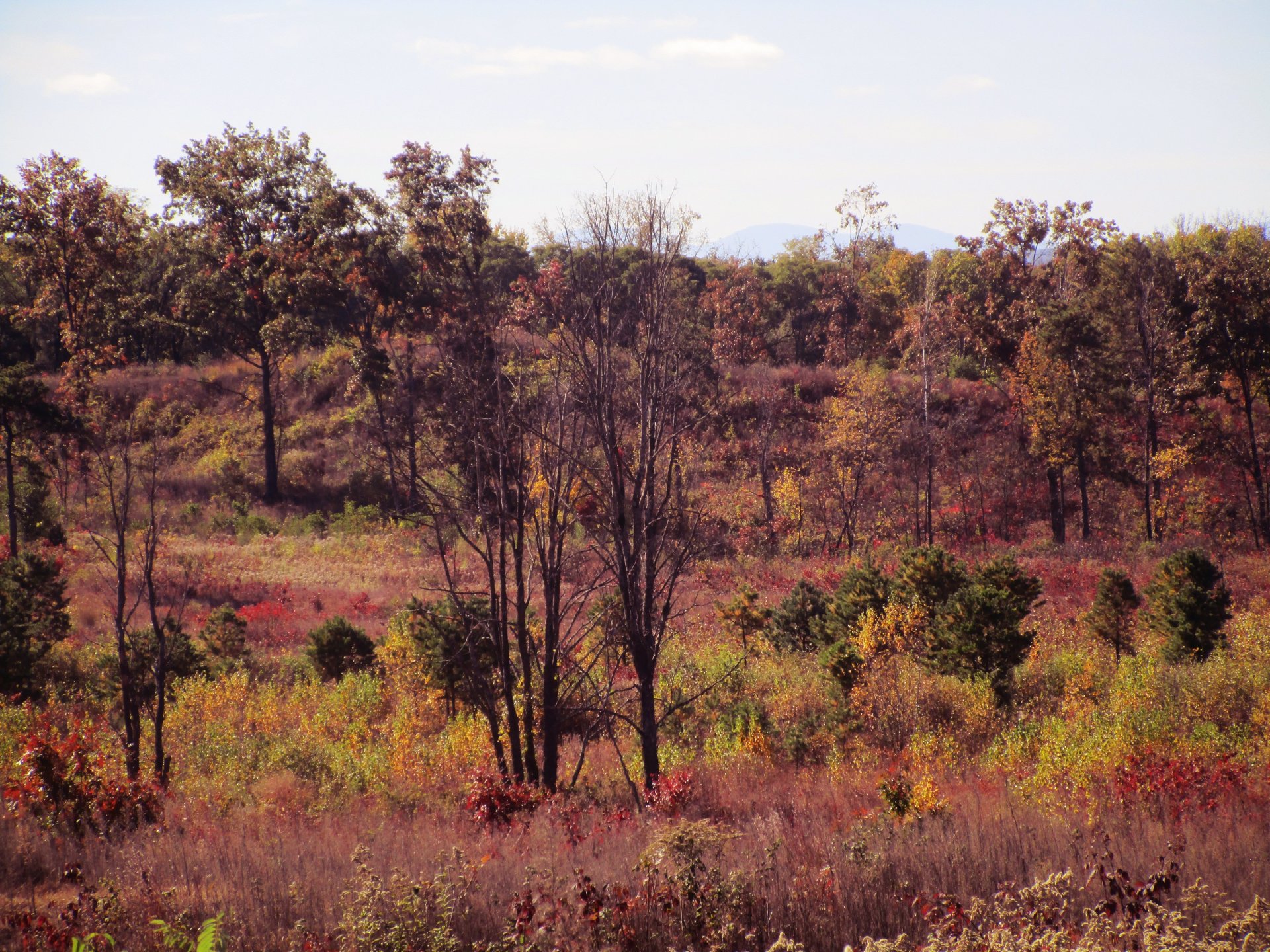Creek’s Bend Cohousing
Creek’s Bend Cohousing
Peter McGowan & David Pettie
by Rezsin Adams
There are about 30 cohousing pro-jects in progress in the United States now. What is cohousing? Cohousing is unlike developer-built housing–the customer is not handed a finished product. A group of people, forming a small community, plan, design (with the help of architects, construction firms and others), market, build (with concern for the earth) and are, in every way, fully participating in the development of their housing community. The design for cohousing emphasizes interaction between people, like in the old days, when people lived in villages and small towns. What does cohousing do to build community? The parking would be on the periphery and you would walk to your unit. As little land as possible would be used for the buildings–build-ings would be attached or connected or clustered. Common facilities would be incorporated into the design. There would be a "common house" or "great house", for getting together, possibly for having meals together and there might be shared facilities on a smaller scale, such as, a common heating system for, maybe, four units, common laundry spaces, storage spaces and so on. Other things might be shared, as well, such as lawn mowers and playgrounds and, even, cars! The people involved would get to know one another before they move in. And the community would be managed by the residents themselves.
Creek’s Bend Cohousing (formerly Capital District Cohousing) was started in 1993. The concept started in Denmark and there are about a dozen in exis-tance inthe U.S. (including Ecovillage in Ithaca) and about 30 in progress. First you look for land–Creek’s Bend has optioned 11 acres in Troy. Three families are now signed on. The goal is 24 families. Families will have indivi-dual deeds to their properties. It is more economical to build all 24 houses at the same time, but the Creek’s ‘Bend group might start building when there are 18 families signed up. Some houses might have two units–an "in-law" or rental unit. Some houses might be for one or two people, some for larger families. It is hoped that there might be one or two’ "affordable" houses–the range might be $100,O00-125,000-150,000 for the house and land. Since the pro-ject is not-for-profit, residents should get "more for their money." The property is two miles from downtown Troy; Troy officials are supportive. Creek’s Bend is now undeveloped land but it is land that has been abused for years. Should it be left wild? Some peo-ple think so but there have been pro-posals to build 50 to 75 houses on the property. Someone will build someday–better us–we’re earth-friendly!
Printed 12/97

